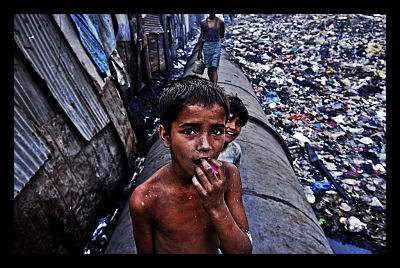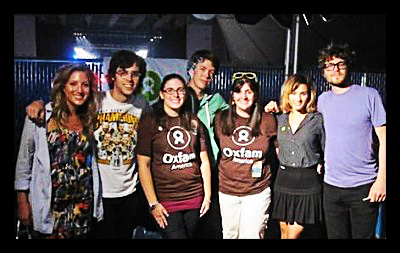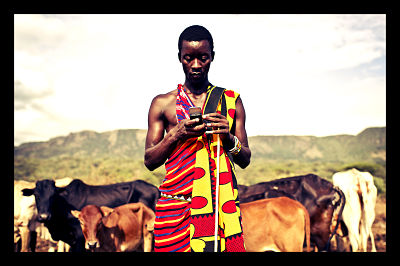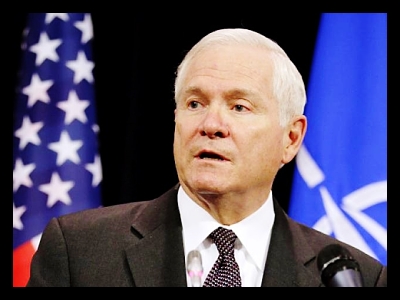 With an estimated value of between $16 and $54 trillion, the services provided by natural resources are an asset worth protecting. It is widely recognized that carbon dioxide from fossil fuel emissions threatens the environment and that reducing carbon emissions is a global necessity. A dominant strategy to reduce carbon is to make it more expensive which incentivizes individuals, companies and nations to use it more efficiently or switch to alternatives. Roughly 40 countries and over 20 subnational governments are either doing or planning to do so through legal mechanisms that increase carbon pricing. A recent analysis by the World Bank estimates that the value of these initiatives grew to nearly $50 billion this year.
With an estimated value of between $16 and $54 trillion, the services provided by natural resources are an asset worth protecting. It is widely recognized that carbon dioxide from fossil fuel emissions threatens the environment and that reducing carbon emissions is a global necessity. A dominant strategy to reduce carbon is to make it more expensive which incentivizes individuals, companies and nations to use it more efficiently or switch to alternatives. Roughly 40 countries and over 20 subnational governments are either doing or planning to do so through legal mechanisms that increase carbon pricing. A recent analysis by the World Bank estimates that the value of these initiatives grew to nearly $50 billion this year.
There are two ways in which these efforts will be working to lighten the burden of poverty across the globe.
The first focuses on the role that a stable climate and healthy ecosystems have in providing a solid footing for economic development. Clean air and water, fire, flood and erosion control, mitigation from tsunamis and prevention of landslides are all services that intact ecosystems provide. These protect human populations and provide the foundation of productive agricultural systems.
Excessive use of carbon is leading to rising sea levels, increased desertification, stronger storms and less predictable weather, which will subvert the progress made on ending poverty and may create large groups of climate refugees, up to 200 million by 2050. In short, robust ecosystems offer goods and services and climate change undermines the provision of these goods and endangers massive economic, social and political costs.
The second way in which the expanding carbon market may reduce poverty depends on the design of the regulation. Currently, the two main strategies that reign supreme are cap and trade schemes and carbon taxes. The first sets a limit, the cap, on the amount of carbon that can be emitted and allows firms to trade permits to pollute. If one firm does not need to pollute, they may sell their permit to a polluter. Over time the cap is lowered and so are the emissions. Carbon taxes simply add a tax to carbon to make it more expensive and less attractive to use, though how the tax is applied and what is to be done with the revenue is flexible.
While both forms work to end poverty through protecting the environment, the cap and trade scheme contains an added component, termed carbon offsetting, which funds emissions-reduction projects in the developing world. Rather than buying permits to pollute, a firm can invest in an emissions-reduction project that otherwise would not have been financially feasible. These projects introduce clean technology and increase the level of investment in the developing world while protecting the environment.
Examples of U.N. certified emissions-reduction projects range from a soil conservation project in Moldova to reforestation of degraded croplands in Paraguay and generating power from rice husks in India. In 2013, total investment from certified projects was estimated to be over $315 billion. As carbon pricing expands, poverty reduction and sustainable development will follow.
– John Wachter
Sources: National Geographic, Oakridge National Laboratory, The Nature Conservancy, United Nations Framework Convention on Climate Change, United Nations Framework Convention on Climate Change, United Nations Framework Convention on Climate Change, World Bank
Photo: Eco Talk





